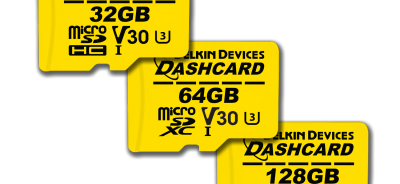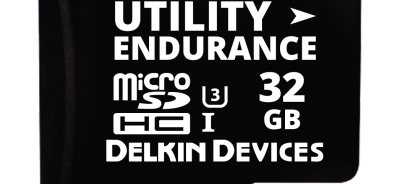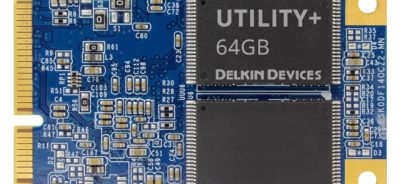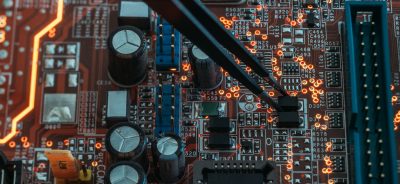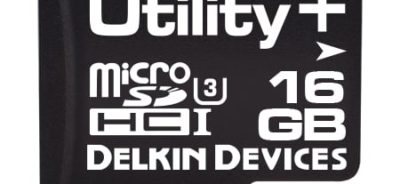Spotlight on 3D NAND Flash
In the future, flash memory may be scaling vertically instead of horizontally. 3D NAND flash is a form of flash memory that focuses on increasing capacities without increasing the device size laterally. There are cost-saving benefits to 3D NAND flash designs, which makes them even more attractive to customers. However, alongside the benefits of 3D NAND flash, there are also some challenges, which means that the higher capacity levels available with 3D NAND flash may not be worth the tradeoff for some OEMs and developers. Here is a closer look at the facts.
3D NAND Flash versus Planar NAND Flash
Traditionally, flash memory products have been designed with 2D, or planar, NAND flash. This means that the cells for storing data are situated side by side in a plane configuration. Because devices are being made smaller and smaller, while demands for capacity are increasing, flash memory manufacturers needed a way to offer more storage capacity without increasing the size of the physical memory card.
This is where 3D NAND flash enters the picture. With 3D NAND, cells are stacked vertically rather than positioned horizontally. As a result, storage capacity can be dramatically increased while the physical size of the flash device is changed very little, if at all.
Additional 3D NAND Benefits
Space-saving potential is just one of the advantages of 3D NAND. Building NAND in 3D can reduce the cost per gigabyte and electrical consumption of storage while increasing the reliability and data write performance. All of these factors are important for effective storage devices. 3D NAND also provides the usual benefits of flash memory, such as an increased level of reliability over hard disk drives and tape storage, since flash storage does not contain any moving parts.
3D NAND Flash Challenges
One challenge with 3D NAND is for manufacturers: transitioning to equipment that can produce 3D NAND rather than planar NAND represents a significant up-front expense. Other issues with 3D NAND happen on the users’ end. There is a higher chance of cell cross-contamination in 3D NAND, and if there is an issue with one cell in a stack, it is likely to affect the entire stack. The 3D design also slows down the memory, since the length of the silicon chamber is greater. The bigger the stack, the slower the memory is likely to be.
Developers and OEMs working with industrial applications have unique concerns when it comes to data speed and security, but Delkin can help. Contact us today to discuss your needs for industrial embedded storage, and we’ll help you find the right solution.
ORDER DELKIN INDUSTRIAL FLASH STORAGE TODAY through our distribution partner Newark.
 Login
Login Register
Register



